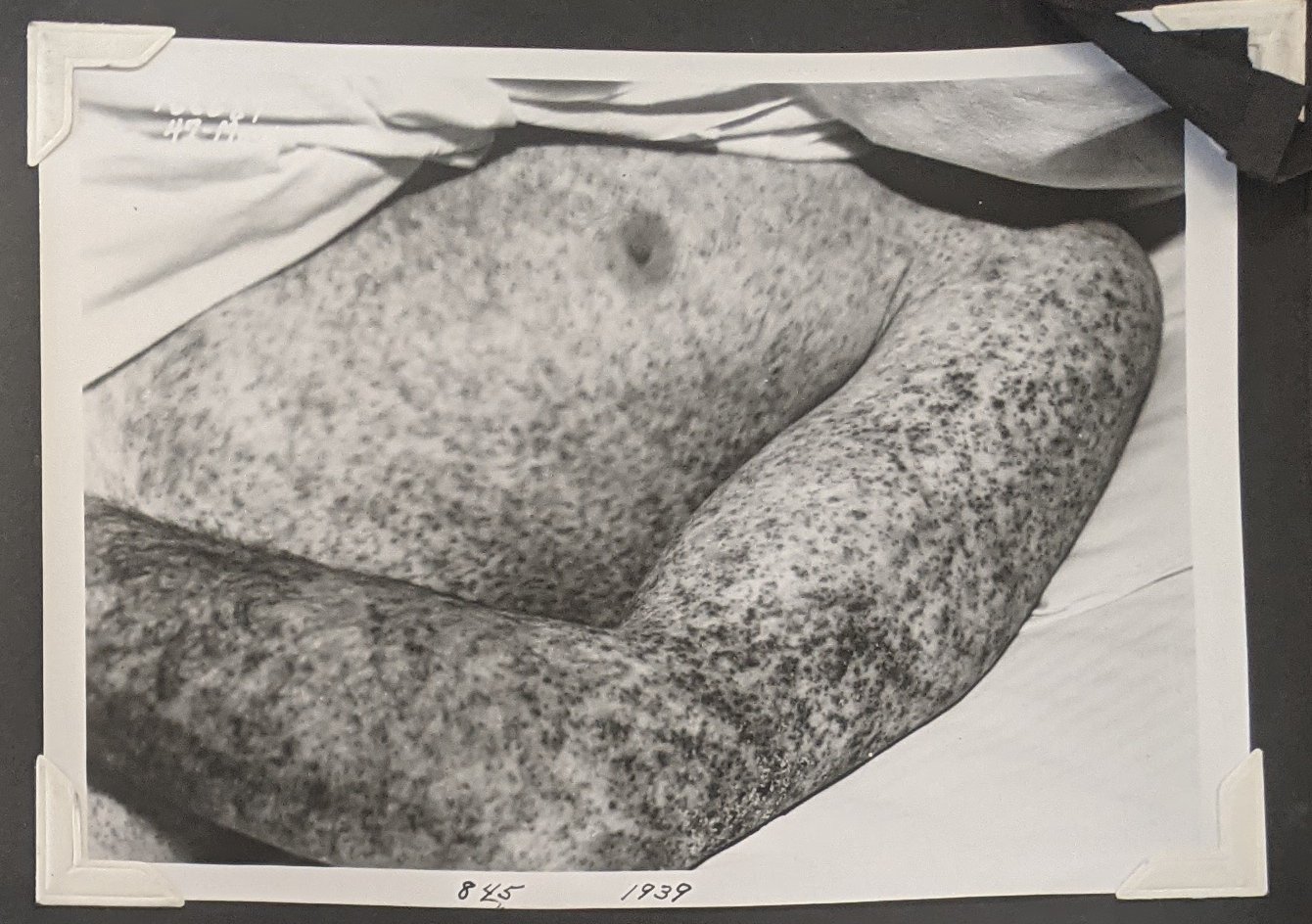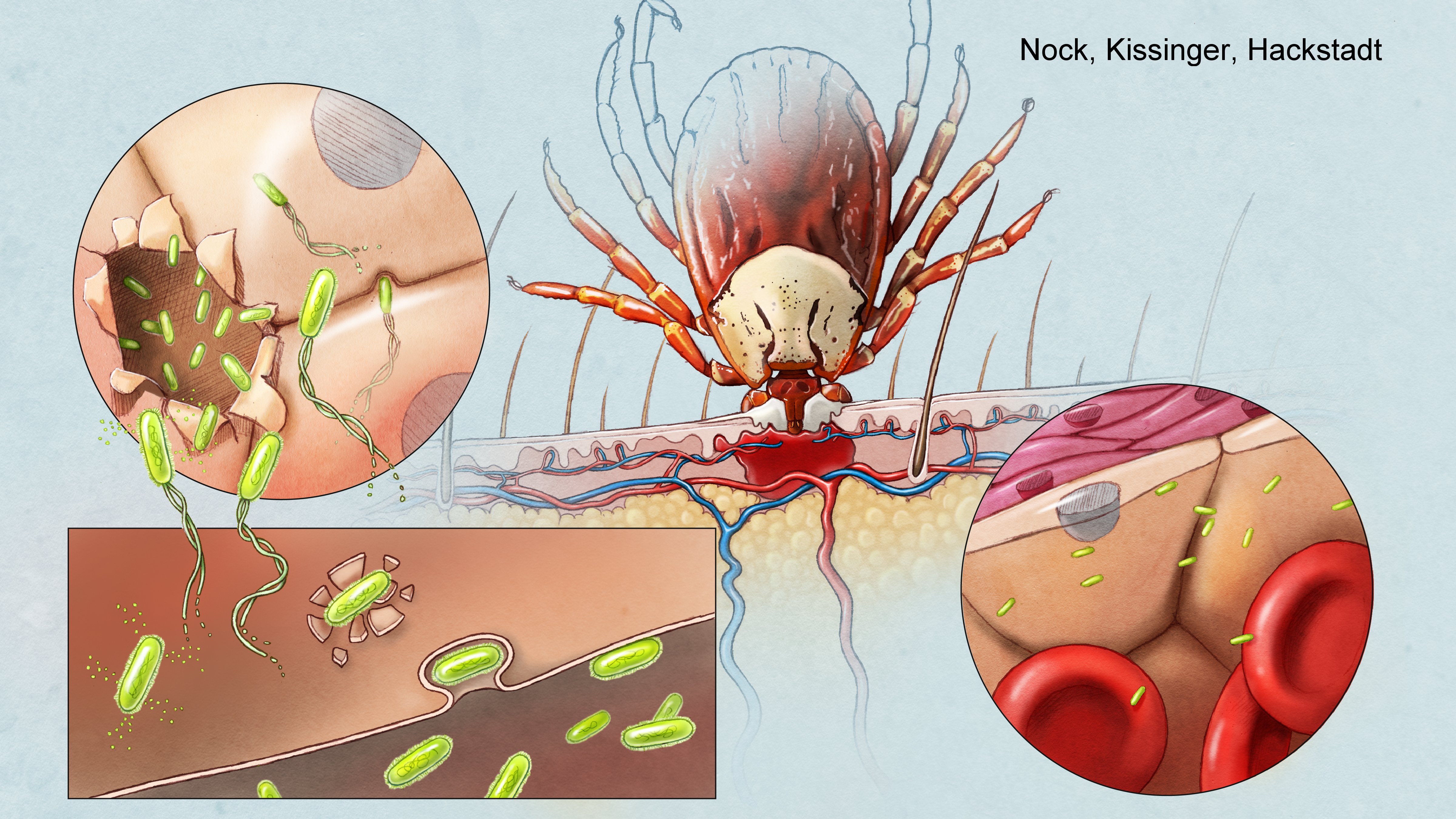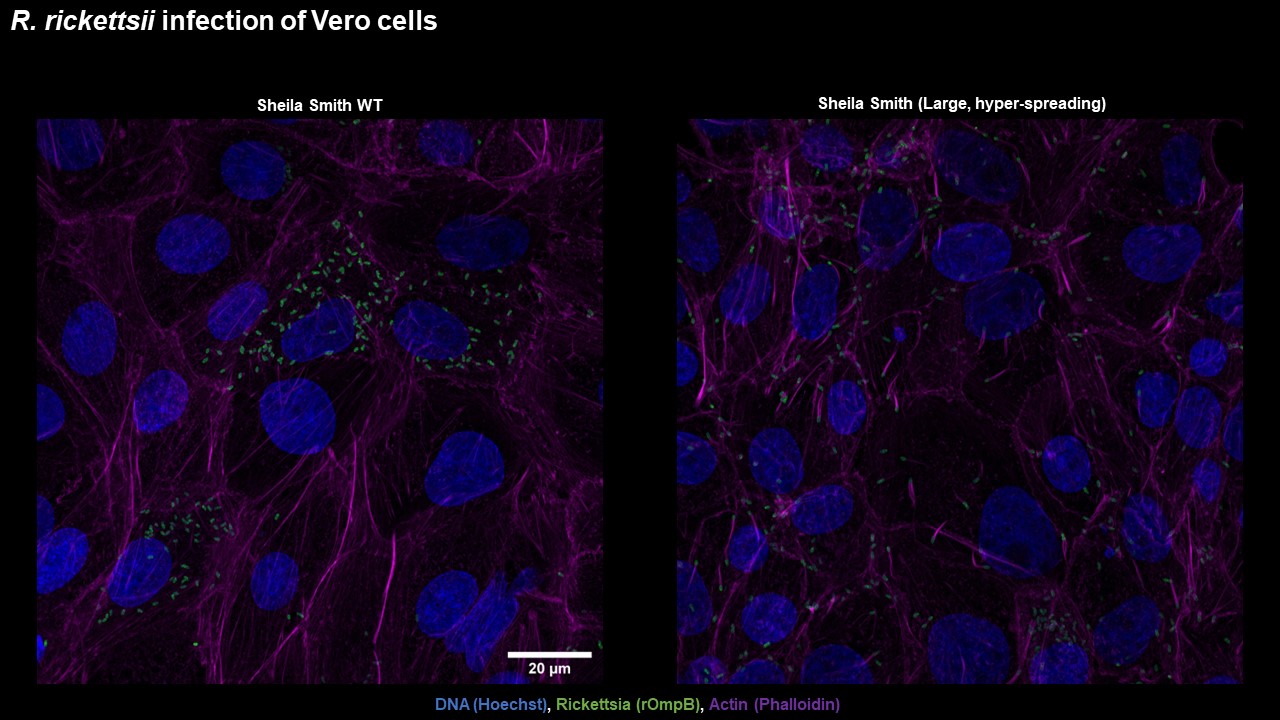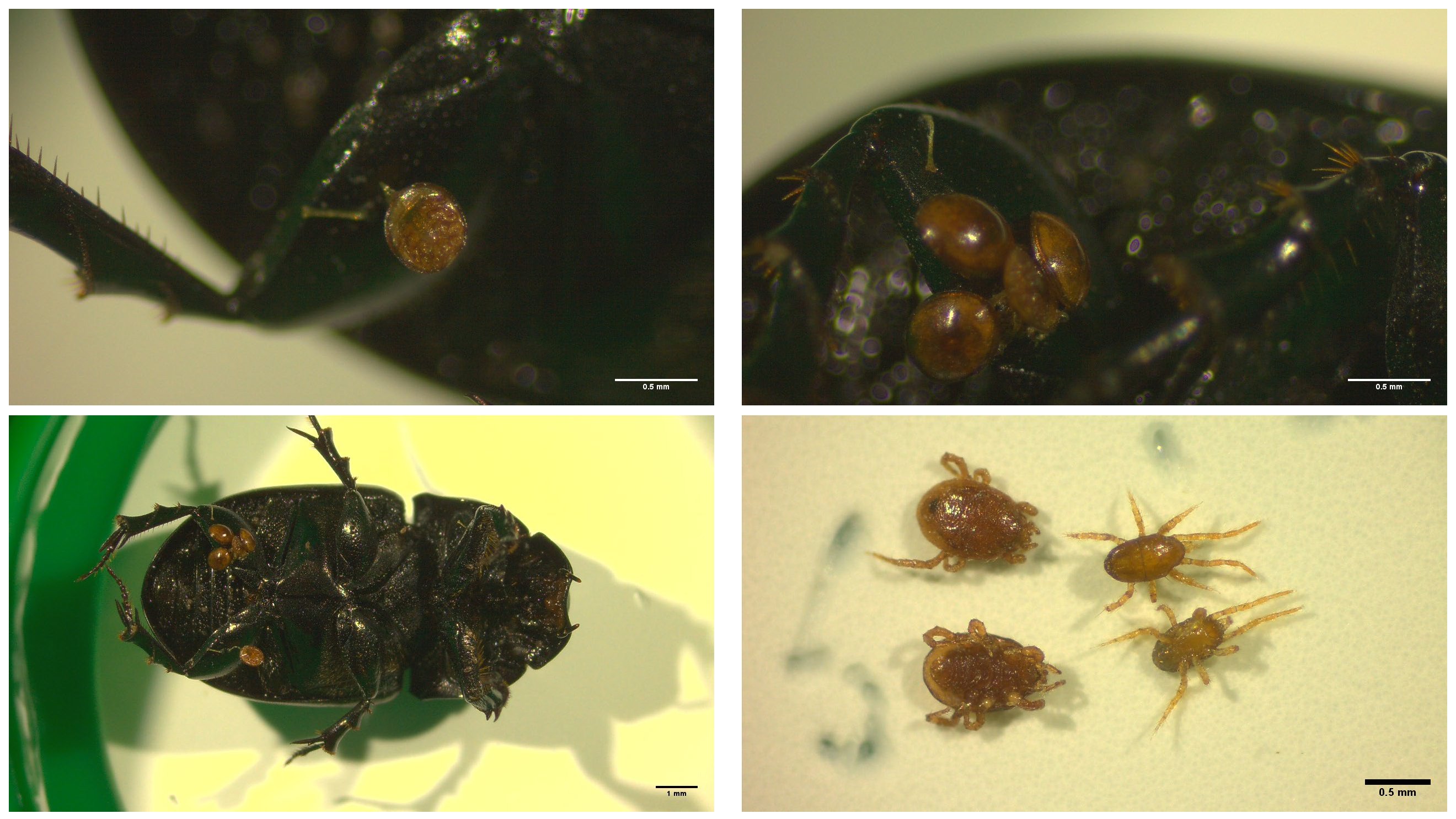Overview of Rickettsia rickettsii and Rocky Mountain spotted fever

Rocky Mountain spotted fever (RMSF) is a bacterial infection acquired upon the bite of an infected tick. It is the perhaps the most deadly tick-borne illness (Crimean-Congo hemoragic fever is similarly dangerous) and the severest form of rickettsiosis. Interest in RMSF began in the late 1800s and early 1900s when a mysterious illness was afflicting ranchers and others in the West. The young scientist Howard Ricketts traveled to the Bitterroot Valley in Montana and discovered the link between this deadly disease and the Rocky Mountain wood ticks that emerged every Spring. Vaccines were developed at Rocky Mountain Laboratory to protect Montanans from the disease. In recent years, RMSF has become less common in the Northwest, and more common in the Eastern US. A particularly deadly outbreak has been occuring in the Southwestern United States and North Western Mexico, where the diesease is transmited by the brown dog tick, which can survive in urban settings. In effect, the disease has gone from being a rural issue to becoming a hazard for poorer urban areas. Rickettsial diseases also include endemic (flea-borne) and epidemic (louse-borne) typhus.

The bacteria that causes Rocky Mountain spotted fever is Rickettsia rickettsii. These bacteria can be carried by many hard ticks, but most notably, the Rocky Mountain wood tick (In the Northwestern US), The American dog tick (In the Eastern US), the Brown dog tick (In the Southwestern US and Mexico) and various tick species of the genus Amblyomma (Brazil). The rickettsia are introduced from the tick into the bite site, where upon the rickettsia adhere and invade primarily vascular endothelial cells. They rapidly escape the endosome using several lipases, and are exposed directly to the host-cell cytosol. There, they utilize a type IV secretion system and various effectors to establish a replicative niche. Members of the spotted fever group of Rickettsia are able to subvert the host-cell's cytoskeletal building block, actin, causing it to polymerize into long actin tails or "comets" that push the bacteria into neighboring host-cells. Alternatively, the typhus group of Rickettsia rely on host-cell lysis to spread from cell to cell though Rickettsia typhii is capable of making smaller tails.
Research Interests
Broadly, I am interested in how bacteria interpret environmental signals and integrate those into a transcriptional, biological response. >Rickettsia rickettsii must transition from life within its tick vector to a mammalian host where it will multiply and possibly infect naive, co-feeding ticks. These are quite different environments and the rickettsia must sense which environment it is in and respond appropriately to survive!

During my postdoctoral studies, I identified a rickettsial gene that regulates motility in Rickettsia rickettsii. This gene, roaM negatively regulates the production of actin tails as well as the production of other rickettsial effectors. As seen above, wild type rickettsia with intact roaM grow to high numbers per individual host-cell prior to turning on their program of aggressive spreading. In contrast, strains which have a truncation or deletion in this gene become "hyper-spreaders". The main projects of our lab focus on the consequences of this regulation for viability of the arthropod vector, and the functions of the genes that are regulated by RoaM.
Opportunities
Coming soon!

Tick Identification
Gulf Coast Tick
Amblyomma maculatum (male)
Black Fern Winter Tick
Dermacentor albipictus/Dermacentor negrolineatus (male)
About Us

ADAM NOCK
I am originally from the NY/NJ area and moved to Vermont for grad school and Montana for my postdoc. I enjoy the outdoors and taking a close look at the natural world. My favorite tv show is The Expanse.

Lab Members
MARIAJOSE (MAJO) TAROT
I am from Guatemala. I graduated from Amherst College with a BS in Biology, the University of Oslo with a MS in Health Care Managment, and Texas A&M University with a MS in Microbiology. I am currently a Lab Manager/Research Assistant for Dr. Nock. I enjoy traveling, reading, and photography. My favorite tv show is Avatar: The Last Airbender.

SAMMUEL BENNETT
I'm originally from Houston, Tx. I graduated from Texas Tech University with a bachelors in Microbiology and a minor in Chemistry. I am currently a Research Assistant for Dr. Nock. I enjoy hikes, cooking, and reading. My favorite tv show is Boston Legal.
Previous Lab Members

ABIGAIL SCHLIEKER
I am from Hearne, Tx. I graduated from Blinn College with an associates in Chemistry and Texas A&M University with a bachelors in Genetics. I am currently a Research Assistant. I enjoy spending time with my friends, family, and pets. My favorite tv show is Frasier.
Students
MARY (KATIE) SMITH
I am from Lubbock, Tx. I graduated from Texas A&M with a bachelors in Microbiology and a minor in Bioinformatics. I'm currently a graduate student in the Masters of Biotechnology Program. I like going to the gym, playing video games, and spending time with friends. My favorite tv show is Breaking Bad.
Contact
Address: 8447 John Sharp Parkway Medical Research and Education Building I - 3102 Bryan, TX 77807-3260
Email: adamnock@tamu.edu
Phone: 979.436.0354

